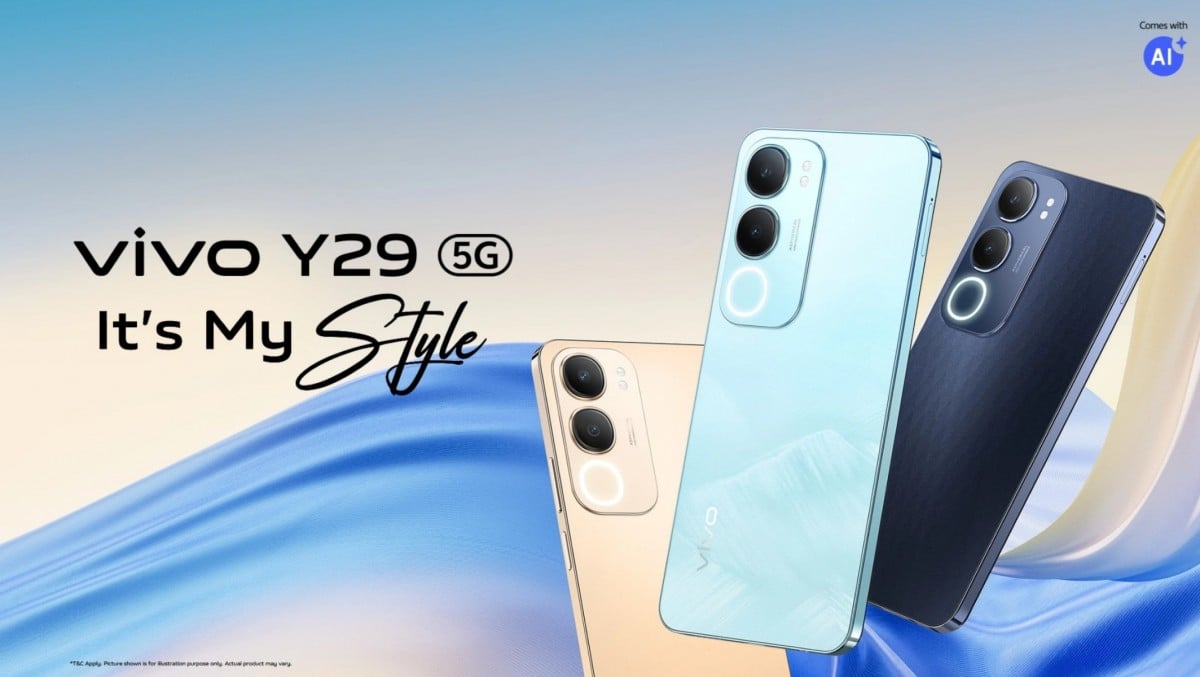With the development of neurobiology and electronics, the potential to create cyborgs (people with implants to compensate for injuries or improve their abilities) became an attractive prospect.
Synchron’s unique approach includes a minimally invasive method of placing electrodes in the brain using a device called the Stentrode. Unlike traditional implantation methods, which require drilling holes in the skull, the Stentrode device is inserted through the carotid artery and inserted into the motor cortex of the brain. 16 electrodes are attached, allowing you to remotely and instantly control the technologies connected to the device.

How to place the neuro interface / Photo Sync
While the Synchron approach may offer fewer electrodes compared to direct Neuralink microchip implantation with thousands of electrodes, it provides faster results, as proven by successful trials in ten patients who received the Stentrode implant. In addition, the Synchron method eliminates the need for new clinics or special training, as implantation can be performed in existing stroke centers.

Stentrode Neural Interface / Photo Sync
It remains to get permission
Professor Nicholas Opie, Synchron’s CTO and founder, agrees that the current challenge is to gain regulatory approval. The FDA has not yet approved the use of these invasive devices, primarily because of the requirement for open neurosurgery for direct implantation. However, Synchron’s Stentrode device offers a potential solution because it prevents perforation in the skull, reducing associated medical complications.
Opie explains that the Stentrode device uses self-expanding materials similar to those used in stents. The implant is placed in a narrow tube, similar to a regular catheter, which is then guided into the brain. After the implant is placed, it opens, adheres to the vessel wall and facilitates the recording of neural signals.
Possibilities of the neuro interface
When asked about compatibility, Opie emphasizes that even with 16 electrodes, the implant possibilities are significant. Users can control computer cursors, mobile devices and other technologies by combining a single switch or button with eye tracking technology. With the help of ten keys, wheelchair, keyboard and prosthetic finger control becomes possible. Opie points out that the average person doesn’t need to operate hundreds or thousands of switches simultaneously.
Initial trials of Synchron in patients with motor neuron disease showed promising results. Four patients participated in the Australian trials and demonstrated successful control of computers using only “thought power” without significant side effects. Since then, the company has begun safety testing on six patients in the United States, a critical step towards gaining FDA approval for further trials.
Synchron’s ultimate goal is to bring the neural interface implant to market in the next four to five years. Opie remains optimistic about the commercialization potential of its products, provided future trials yield positive results and regulatory approvals are received.
As the field of neural interfaces evolves, the possibility of a reliable and safe neural interface implant within the next five years gives hope to people with disabilities, offering the potential for increased independence and a new field of possibilities in human-computer interaction.















